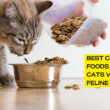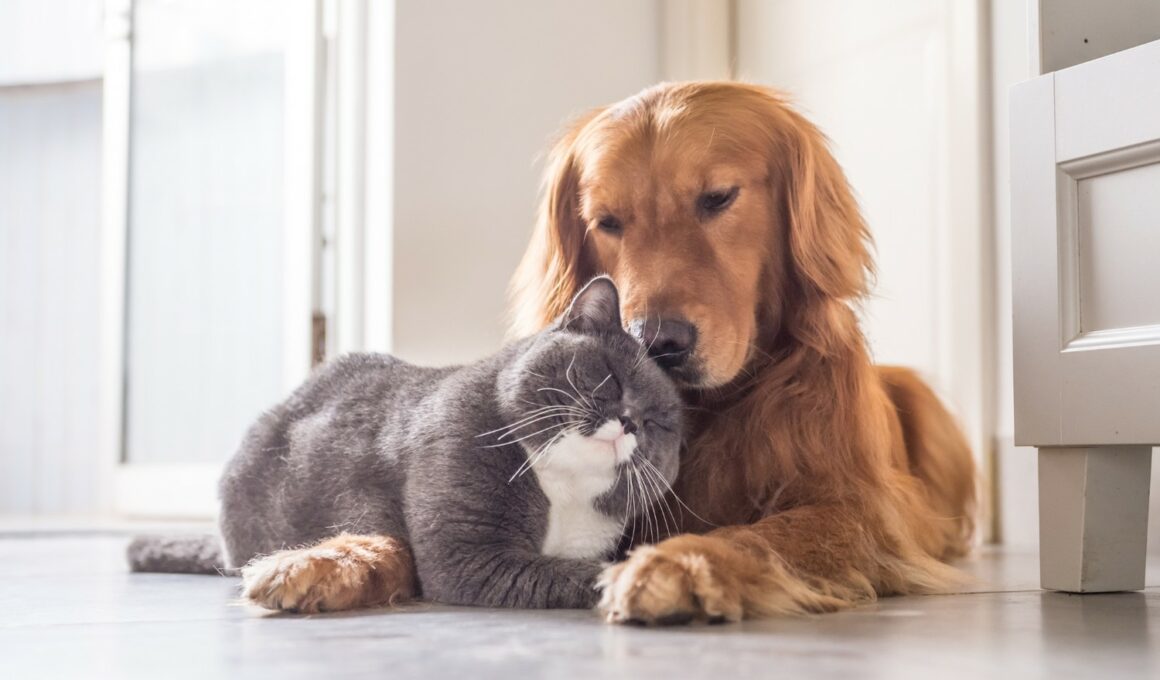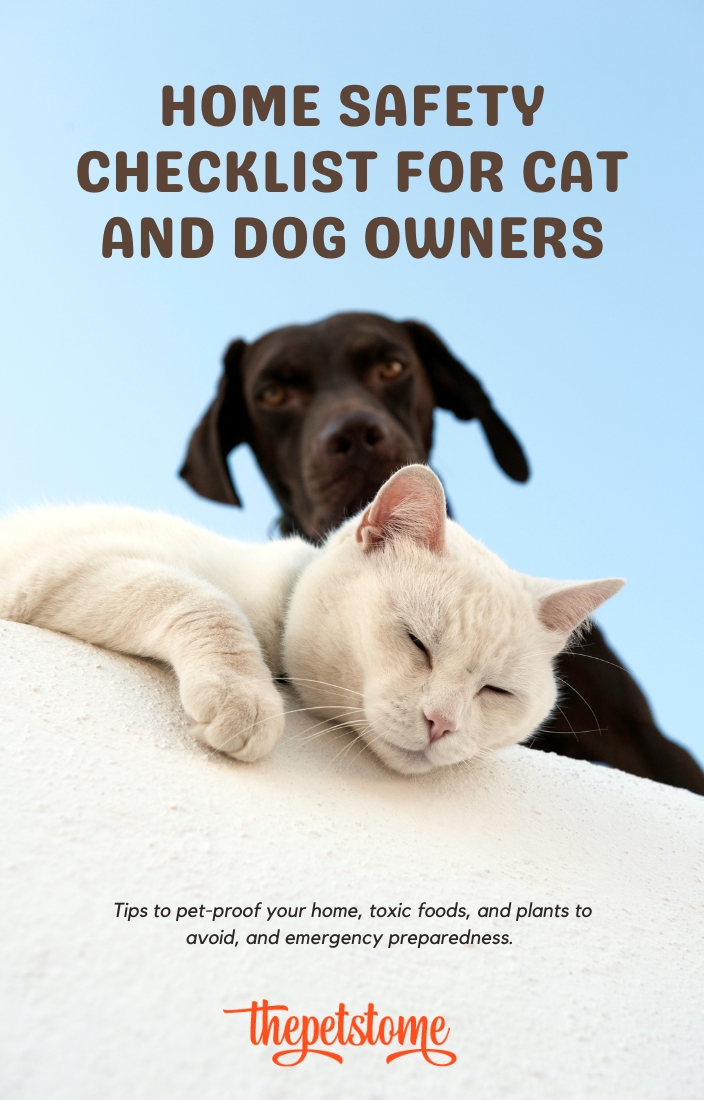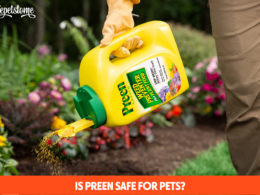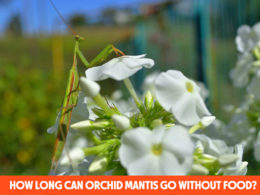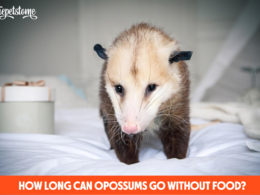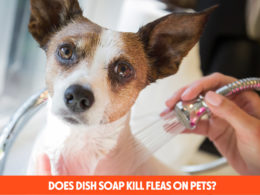Table of Contents Show
As an avid pet parent for years, I’ve had my fair share of ‘tail-tales’ – those unique moments of joy, mischief, and, occasionally, scares. One thing I’ve learned over time? Our homes, while cozy and familiar to us, can be a maze of potential hazards for our furry family members.
While we often worry about external threats to our pets, such as busy roads or wild animals, it’s the seemingly benign household items that might be secretly plotting against our unsuspecting furballs.
I want to pull back the curtain on some everyday items that could pose dangers to our beloved companions. Because, just like you, I want my pet to be safe, happy, and wagging their tail or purring loudly for many years to come. Ready to become the most informed pet parent on the block? Let’s dive in.
7 Common Household Items That Are Dangerous For Your Pets
In every home, amidst comfort and familiarity, lurk unsuspected dangers for our pets. While some threats are obvious, others are surprisingly commonplace. Here are seven everyday household items that, unknown to many, can pose serious risks to our furry companions.
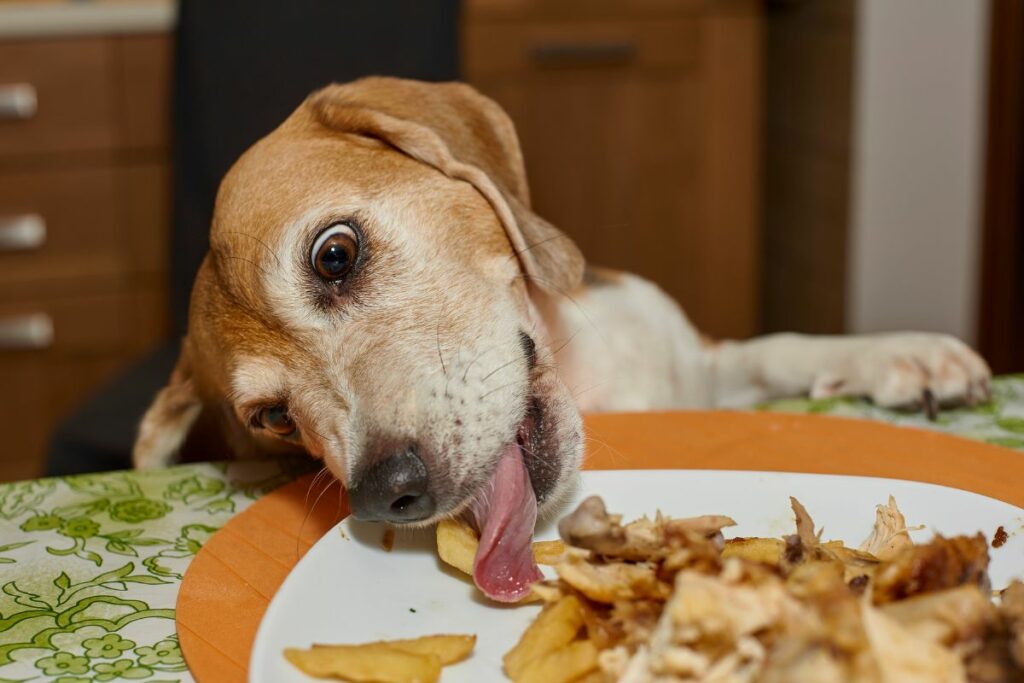
1. Certain Foods
Ah, the food. The undeniable bond between our pets and the kitchen, right? We’ve all been privy to those puppy eyes during dinner or the curious paws on the countertop when we’re prepping a meal. However, some foods that are delicious and harmless to us can be seriously harmful, even lethal, for our pets. Let’s uncover these:
Chocolate
This sweet treat is a no-no for pets. Why? It contains theobromine and caffeine, both of which can be toxic to animals. If ingested by your pet, chocolate can cause vomiting, diarrhea, rapid heart rate, and even seizures.
Dark chocolate is particularly dangerous because it has higher levels of theobromine. So, always keep your chocolate stash out of their reach.
Grapes and Raisins
This one’s a bit of a mystery. Scientists aren’t entirely sure why, but these fruits can cause kidney failure in some pets. Even a small amount can make your dog or cat seriously ill. While some pets can consume them without any apparent ill-effects, it’s not worth the gamble. Better safe than sorry.
Onions and Garlic
These kitchen staples can be harmful in both raw and cooked forms. Consumed in large amounts, they can lead to oxidative damage to red blood cells, causing anemia.
Cats are more susceptible, but dogs are also at risk if they consume a significant quantity. Always be careful when you’re tossing table scraps into a pet dish, especially if the food has been seasoned.
Always keep an eye on your pets around meal times. While it’s hard to resist their begging faces, it’s crucial for their health. And, if you’re ever in doubt, a quick online search or a call to your vet can help you figure out what’s safe.
2. House Plants
There’s something serene about having a touch of greenery inside our homes. But did you know that some of the plants we adore might not be the best roommates for our four-legged friends?
As lovely as they might look on your windowsill or coffee table, certain house plants can pose serious health risks to pets when ingested. Here’s a closer look:
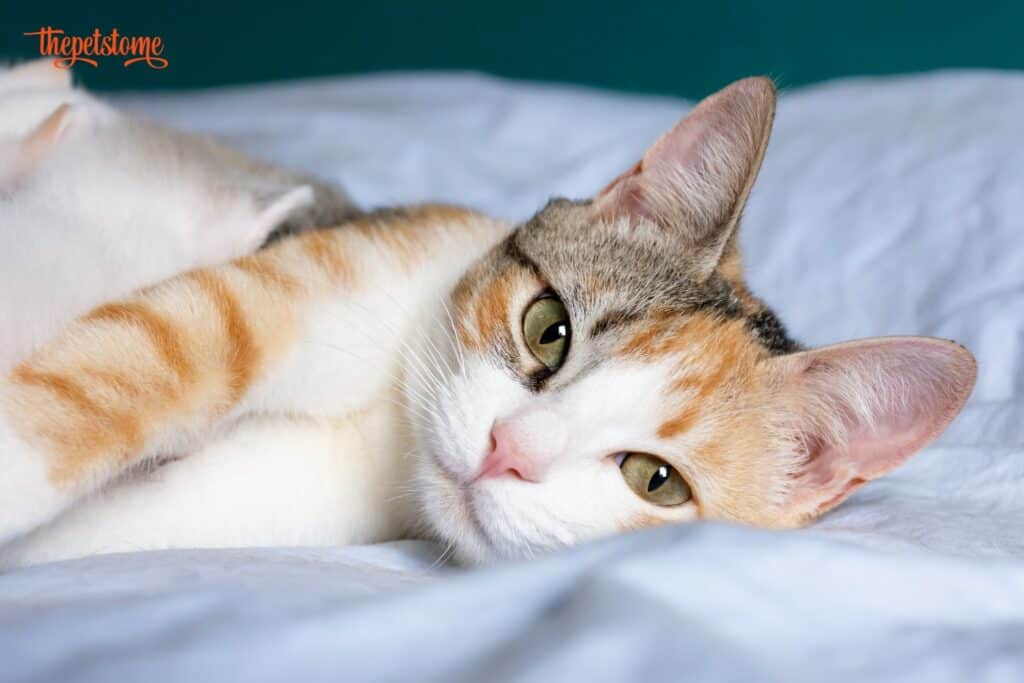
Poinsettias
Known for their festive red leaves, poinsettias are popular, especially during the holiday season. While often rumored to be deadly, they’re actually only mildly toxic to most pets. If nibbled on, your pet might experience mouth irritation, drooling, or occasional vomiting. While not usually severe, it’s still best to keep these out of paw’s reach.
Lilies
These beautiful blooms are a favorite in many homes and gardens, but for cat owners, they should come with a warning label. Even a small amount, if ingested, can lead to severe kidney damage in cats.
All parts of the plant are toxic, from the petals to the pollen, even the water they’re kept in. Dog owners can breathe a bit easier, as lilies are not as toxic to dogs, but it’s always better to be cautious.
Philodendron
A favorite for indoor plant enthusiasts due to their easy maintenance and lush appearance.
However, these plants contain calcium oxalate crystals, which, when chewed or eaten, can cause pain, swelling, and burning of the mouth, lips, tongue, and throat. This can lead to drooling, vomiting, and difficulty swallowing in pets.
3. Medications
For many of us, a simple medicine cabinet holds remedies that alleviate headaches, fevers, or seasonal allergies. But to our pets, these seemingly innocuous pills and bottles can be both intriguing and incredibly dangerous. Let’s demystify the risks:
Over-the-counter Medications
Ibuprofen and Acetaminophen: Commonly found in many households as pain relievers and fever reducers, these can be severely toxic to pets. If ingested, they might cause gastric ulcers, kidney damage, liver failure, or even be fatal.
Symptoms might include lethargy, vomiting, and reduced appetite. It’s a stark reminder to always keep our meds out of reach and never think that what works for our aches is safe for theirs.
Cold and Allergy Medications
Many of these contain pseudoephedrine or phenylephrine, which are stimulants. If ingested by pets, they can result in a rapid heart rate, hypertension, seizures, and even life-threatening situations.
Prescription Drugs
While they’re essential for the person they’re prescribed to, they can be harmful or deadly to our pets. Antidepressants, blood pressure medications, and ADHD treatments can cause a variety of toxic reactions in pets, ranging from lethargy and vomiting to seizures and cardiac abnormalities.
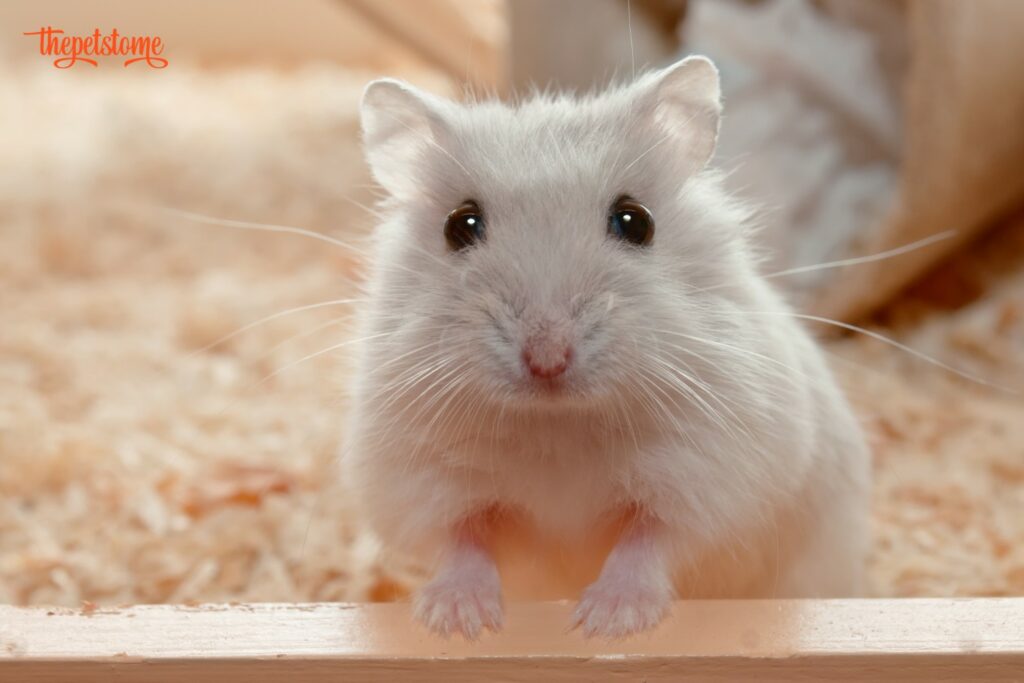
4. Cleaning Products
A clean home can indeed be a happy home. But while we’re eliminating germs and sprucing up our spaces, there’s a need for caution. Many of the cleaning agents we use, unbeknownst to us, can be potential minefields for our furry pals. Let’s get a clearer picture:
Bleach
A common household cleaner and disinfectant, bleach can be harmful if pets come into direct contact with it. Whether ingested or even just walked upon (imagine residue on floors), bleach can irritate their skin, paws, or mucous membranes. If swallowed, it can cause nausea, vomiting, and more severe health issues.
Detergents and Fabric Softeners
These can be tempting chew toys, especially those colorful pods. But if bitten into or swallowed, they can lead to burns in the mouth, difficulty breathing, and stomach issues.
All-purpose Cleaners
While these vary in their ingredients, many contain chemicals that can be harmful if ingested or if they come into contact with skin. Signs of distress can include drooling, coughing, and even chemical burns.
Toilet Bowl Cleaners, Drain Openers, and Rust Removers
These products are particularly corrosive. Ingestion or skin contact can result in chemical burns, difficulty breathing, and other severe symptoms.
Air Fresheners and Deodorizers
The spritz that makes our homes smell like a spring meadow? It might contain chemicals that irritate our pets’ respiratory systems, especially if they’re used in excess. This is particularly true for birds, which have sensitive respiratory tracts.
5. Small Objects and Toys
Toys! The joy they bring to our pets. And let’s face it, we’ve all chuckled at the sight of our cat playing with a stray bottle cap or our dog being intrigued by a forgotten sock. However, beneath these innocent moments of play, there’s a lurking danger of some everyday objects and even some toys intended for pets.
Buttons, Coins, and Rubber Bands
These are the perfect size for swallowing and, once ingested, can lead to a choking hazard or obstruct the gastrointestinal tract. Coins, especially those containing zinc like pennies, can also cause zinc toxicity in pets.
Socks, Hair Ties, and String
We’ve all seen the viral videos of cats playing with strings and dogs parading around with a stolen sock. But if swallowed, these can cause what veterinarians call a “linear foreign body,” leading to serious internal damage or obstructions.
Children’s Toys with Small Parts
It’s not just the pet toys we need to be wary of. Children’s toys, especially those with small detachable parts or batteries, can be dangerous if ingested by curious pets.
Certain Pet Toys
Surprisingly, not all toys marketed for pets are actually safe. Some can break into smaller pieces when chewed, leading to ingestion hazards. Others might have harmful dyes or materials. It’s always wise to monitor your pet while playing and regularly inspect toys for signs of wear or breakage.
When choosing toys for our pets, it’s vital to opt for ones that are appropriate for their size and chewing behavior. Regularly checking toys for any signs of damage and ensuring they remain intact is equally crucial.
And, always remember to keep an eye on them during playtime. It’s not just about fun, but also about ensuring they’re playing safely.
6. Essential Oils
The allure of essential oils isn’t new. Many of us use them for relaxation, aromatherapy, or even as natural remedies. Their pleasant scents and supposed health benefits have made them staples in many households. However, what brings tranquility to us might be perilous for our pets.
Eucalyptus
Its strong aroma, often linked to freshness and respiratory relief for humans, can be toxic to pets. If ingested or absorbed through the skin, it can lead to drooling, vomiting, and even lethargy in pets.
Tea Tree (Melaleuca)
A popular choice for its antiseptic properties, tea tree oil can be especially harmful to cats and dogs when ingested, inhaled, or absorbed. Symptoms of toxicity include muscle tremors, weakness, vomiting, and in some severe cases, coma.
Peppermint
While it’s refreshing for us, peppermint oil can cause significant irritation to your pet’s skin or, if ingested, upset their stomach. Additionally, its strong aroma can be overwhelming and irritating to their sensitive noses.
Citrus Oils (like Lemon or Orange)
These oils contain limonene, which can be particularly toxic to cats and can cause digestive upset, tremors, or even depression.
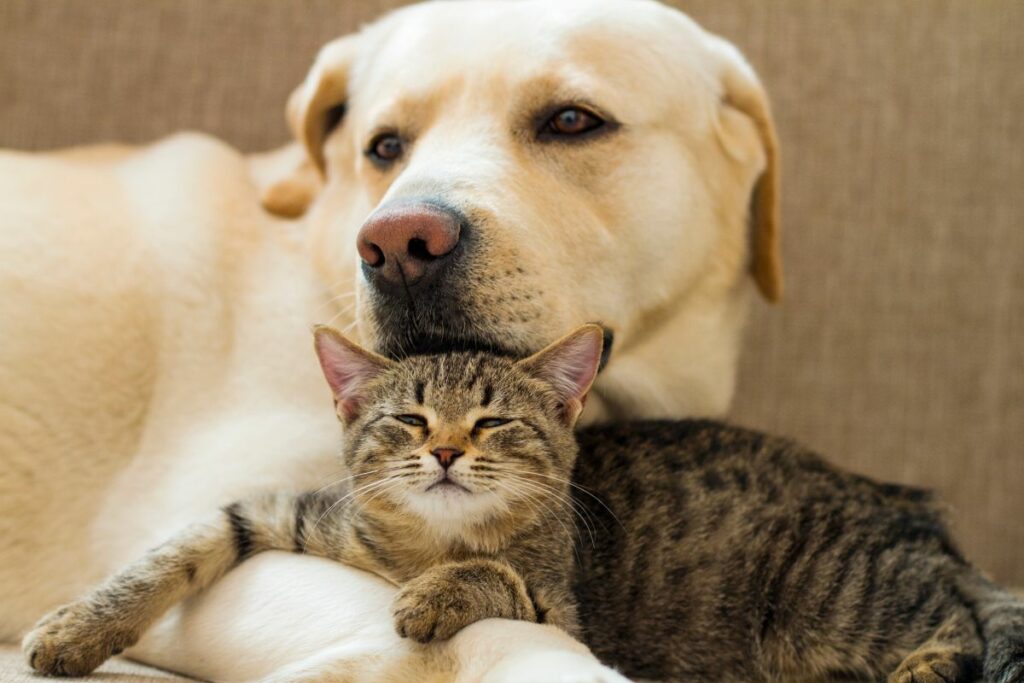
Lavender
While often deemed as calming, it can cause skin irritation in pets and, if ingested, lead to vomiting or diarrhea. It’s vital to remember that pets, with their heightened sense of smell and different physiological responses, don’t process or tolerate essential oils the same way humans do.
If you’re using a diffuser, ensure the room is well-ventilated, and always store essential oils securely away from curious paws.
Also, be wary of direct applications. Never apply essential oils directly to your pet unless specifically advised by a veterinarian who understands essential oil use in animals.
If you suspect your pet has come into contact with, inhaled, or ingested an essential oil, monitor them closely for any signs of discomfort or adverse reactions. Always reach out to your vet or a pet poison hotline for guidance. The peace of mind in ensuring our pet’s safety is undoubtedly more soothing than any aroma.
7. Batteries
In our modern age, batteries power an array of gadgets and tools in our homes, from the remote control that seems to always disappear between the couch cushions to the smoke detector ensuring our safety. But, these everyday items pose a surprising danger to our inquisitive pets.
Coin Cells
Often found in watches, toys, and some electronics, these small batteries can be particularly hazardous. Their shiny exterior can be very appealing to pets. If ingested, they can cause burns in the esophagus or intestines within just a couple of hours due to the electric current and corrosive material.
AA, AAA, C, and D Batteries
Larger than coin cells but equally concerning, these cylindrical batteries contain alkaline, which can cause chemical burns if the battery’s casing is punctured and leaks. If swallowed whole, they also present a risk of obstruction in the gastrointestinal tract.
Lithium-ion Batteries
Commonly used in phones and laptops, when punctured or ingested, they can lead to serious chemical burns, often in less than an hour. It’s not just the ingestion of batteries that’s concerning. Even just chewing on them can expose pets to harmful chemicals and risks. Therefore, it’s essential to ensure:
- Secure Storage: Always store unused batteries and small electronic devices in a place your pet cannot access.
- Prompt Clean-Up: If a battery leaks or is damaged, clean it up immediately. Battery acid can be harmful if it comes into contact with your pet’s skin or is licked up.
- Mind the Devices: Ensure electronic devices, especially those easily accessible like remotes, are kept in a spot where your pet can’t easily grab or chew them.
If you suspect your pet has come in contact with, chewed, or swallowed a battery, it’s crucial to act immediately. Chemical burns and obstructions can manifest in a short time.
Contact your veterinarian or an emergency pet hotline right away. With batteries, it’s always better to be proactive in prevention and swift in response. Safety first, for both our gadgets and our furry friends.
Conclusion
In our homes, where comfort and safety seem guaranteed, it’s easy to overlook the hidden dangers that common items might pose to our beloved pets. But with knowledge, vigilance, and a touch of proactiveness, we can ensure our living spaces remain the sanctuaries they’re meant to be for every family member, furry ones included.
Let’s always stay informed, keep an eye on our curious companions, and strive to make their environment as loving and hazard-free as possible. After all, their well-being and happiness are intricately tied to ours.


